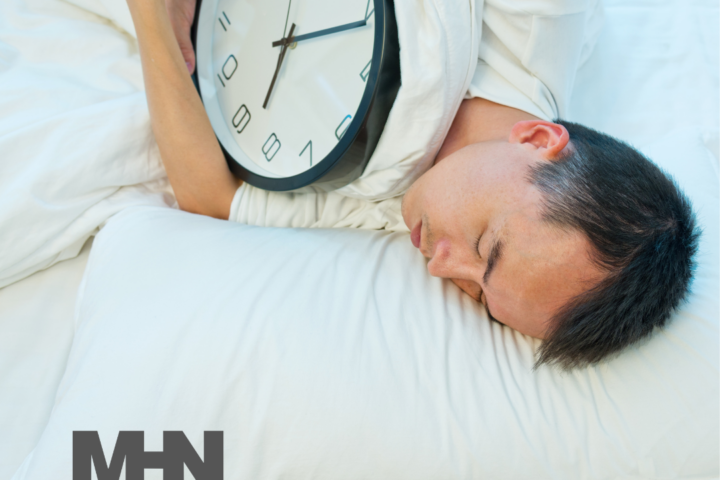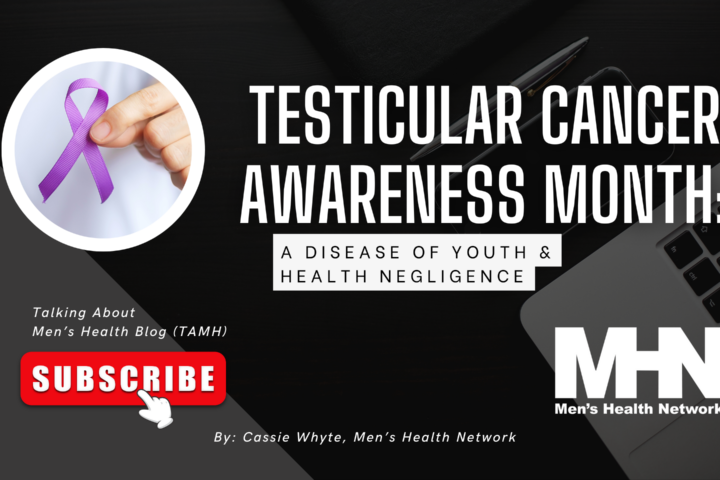Carbon monoxide (CO) is a colorless and odorless gas found in combustion fumes. Everyone is exposed to small amounts of carbon monoxide daily, but inhaling too much can lead to serious illness and even death. Common sources of CO are:
- fireplaces
- vehicle engines
- heaters
- portable generators
- charcoal grills
- gas water heaters
- propane stoves
- car mufflers
- kerosene space heaters.
Carbon monoxide can reach dangerous levels when combustion fumes are trapped within an enclosed or poorly ventilated space.
Early Signs of Carbon Monoxide Poisoning
Early signs of carbon monoxide poisoning include nausea, headache, fatigue, and dizziness. As CO builds up in the body, you may experience additional symptoms, such as vision problems, confusion, seizures, rapid breathing, rapid heartbeat, or chest pain.
Acute Carbon Monoxide Poisoning Symptoms
Delirium, low blood pressure, hallucinations, central nervous system depression, and an unsteady gait set in with continued exposure. If too much carbon monoxide is inhaled, you may fall unconscious. Then if treatment is not sought immediately, death can occur.
Long-Term Effects of Carbon Monoxide Poisoning
Even with treatment, you can suffer long-term neurological effects after acute CO poisoning. Neurological symptoms may begin to occur within two to 40 days after the poisoning. Long-term neurological issues include:
- short-term memory loss
- speech disturbances
- cortical blindness
- depression
- difficulty with higher intellectual functions
- Parkinson’s disease-like symptoms
- Amnesia
- strange gait
- psychosis
- dementia
- irritability
If you think you have been exposed to carbon monoxide, seek immediate medical attention. Evacuate everyone from your home or office building, and call emergency services.
Chronic Carbon Monoxide Poisoning
If you breathe low levels of carbon monoxide over a long period of time, you may suffer from serious heart problems, memory loss, confusion, depression, or brain damage. You should see a doctor if you frequently experience shortness of breath, mild nausea, and headaches when you are indoors. If you feel better when you leave your office building or home and worse when you enter it, that is a sign you may want to get your carbon monoxide levels checked.
Preventing Carbon Monoxide Poisoning
Have all of your fuel-burning appliances (such as fireplaces, woodstoves, and oil or gas stoves, space heaters, and water heaters) inspected every year.
- Never operate a charcoal or gas grill indoors.
- Don’t use gas or kerosene heaters in enclosed spaces.
- Check your flutes, chimneys, and vents regularly to ensure they are properly connected and free from blockage.
- Don’t use lawn equipment, gas-powered generators, or engines in enclosed spaces.
Additionally, install a carbon monoxide detector near your bedrooms. It’s important to follow the detector’s directions closely and to know what to do if the alarm sounds. Better yet, get a hosted alarm system like ADT’s monitored carbon monoxide detector. These are more reliable and can alert local emergency services in case levels get too high. Realize, however, that having a CO detector doesn’t replace the need to have your appliances checked annually.
Carbon monoxide is a colorless, tasteless, odorless gas that can cause serious health problems or even death when too much of it is inhaled. However, taking a few precautionary measures can help you live healthier.




